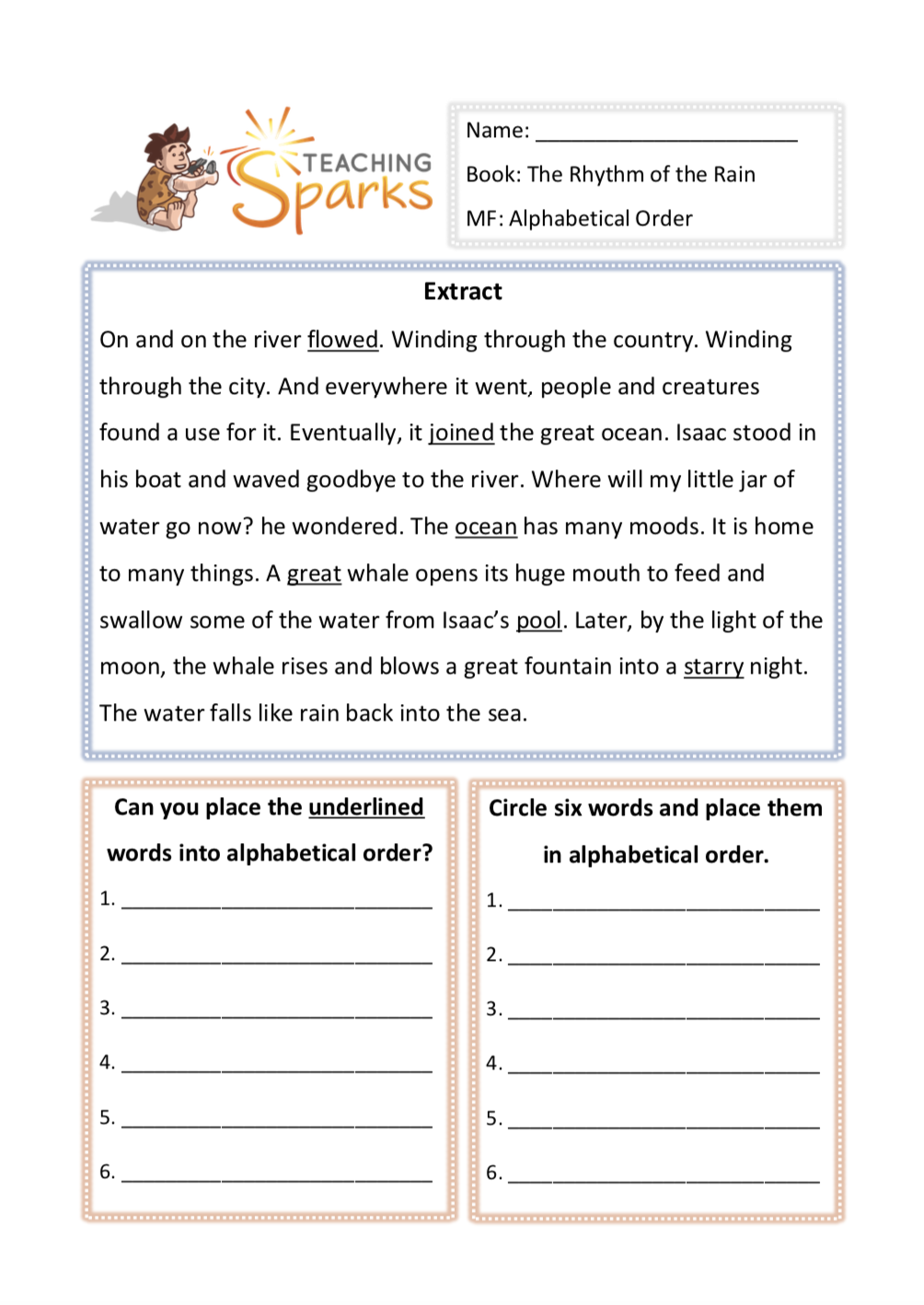

Pearce is a writer at the London-based New Scientist magazine and focuses on global environmental issues. The book is information-heavy, broken up into ten sections of thirty-four short chapters. For his research, Pearce canvassed more than thirty countries to assess the political, ecological, and historical factors that have led to a mismanagement of water. Eventually, silt does for the river scheme and salt for the land.- the traditional benefits of natural rivers systems (flooding, fertilisation etc) aren't well priced by planners and therefore are overlooked.- the 'green revolution' has enabled us to feed most of our expanding global population but the water intensity has been high agriculturalists are moving to a 'more crop per drop' model.- the outlook is not good - already many areas are reverting to desert - but the most promising approaches involve simple local (and often traditional) solutions about harnessing and harvesting rainwater.When the Rivers Run Dry (2006) is a survey of the world’s water crisis by Fred Pearce. Pearec is a reporter and this is a reporter's book (he visits places) rather than a work of theory, but he's been following the subject for long enough to have a strong understanding of the issues.In three or four lines: - we are a heavily water intensive society globally, which has passed the point of having enough water, on current patterns of usage, for everyone.- engineering solutions (usually dams, reservoirs and canals) usually produce short term gains and serious long-term problems and most reservoir schemes don't get close to meeting their promised energy and/or irrigation targets. Read moreĮssential reading for anyone interested in the future of the planet. Eventually, silt does for the river scheme and salt for the land.- the traditional benefits of natural rivers systems (flooding, fertilisation etc) aren't well priced by planners and therefore are overlooked.- the 'green revolution' has enabled us to feed most of our expanding global population but the water intensity has been high agriculturalists are moving to a 'more crop per drop' model.- the outlook is not good - already many areas are reverting to desert - but the most promising approaches involve simple local (and often traditional) solutions about harnessing and harvesting rainwater. Read moreĮssential reading for anyone interested in the future of the planet.Pearec is a reporter and this is a reporter's book (he visits places) rather than a work of theory, but he's been following the subject for long enough to have a strong understanding of the issues.In three or four lines:- we are a heavily water intensive society globally, which has passed the point of having enough water, on current patterns of usage, for everyone.- engineering solutions (usually dams, reservoirs and canals) usually produce short term gains and serious long-term problems and most reservoir schemes don't get close to meeting their promised energy and/or irrigation targets. Even in the US, he assumes the answer is simply to achieve more efficient use of the water, not to try and reduce the number of people relying on the limited water supplies. He does recognize the problem of large populations in the deserts of the southwestern US but he ignores that issue in the large African and Asian deserts. At no time does he consider the fact that his own data point to the inconvenient truth that these problems are probably not soluable until we get the population under control. Also, in addressing solutions, he fails to look at the one problem that runs inexorably throughout the book, snaking its way unspoken through every paragraph.no, every line. It's possible they aren't but not probable. This seems to be related to the relative wealth or poverty of the region, with wealthy western countries given the skeptical treatment while lesser developed nations are assumed to be having no long term negative impact with their solutions. In one place, he will note the downside of the newer methods being considered or used in other areas, he will praise the efforts to the skies without taking much time to ask what the long term effects will be. He also is a bit inconsistent in terms of looking at the different things people are doing around the world to solve their problems.

This extensive geographical area is actually a downside of the book while the author manages to cover all (or most) of the crucial areas (South America seems a bit shorted, though he does give a very brief nod to the Atacama desert), most of them are covered superficially because of the sheer brevity of the treatment.

This book takes a mad rush through the water stressed regions of the world, stopping briefly at each point on the tour for a short look at the water issues of the area.


 0 kommentar(er)
0 kommentar(er)
